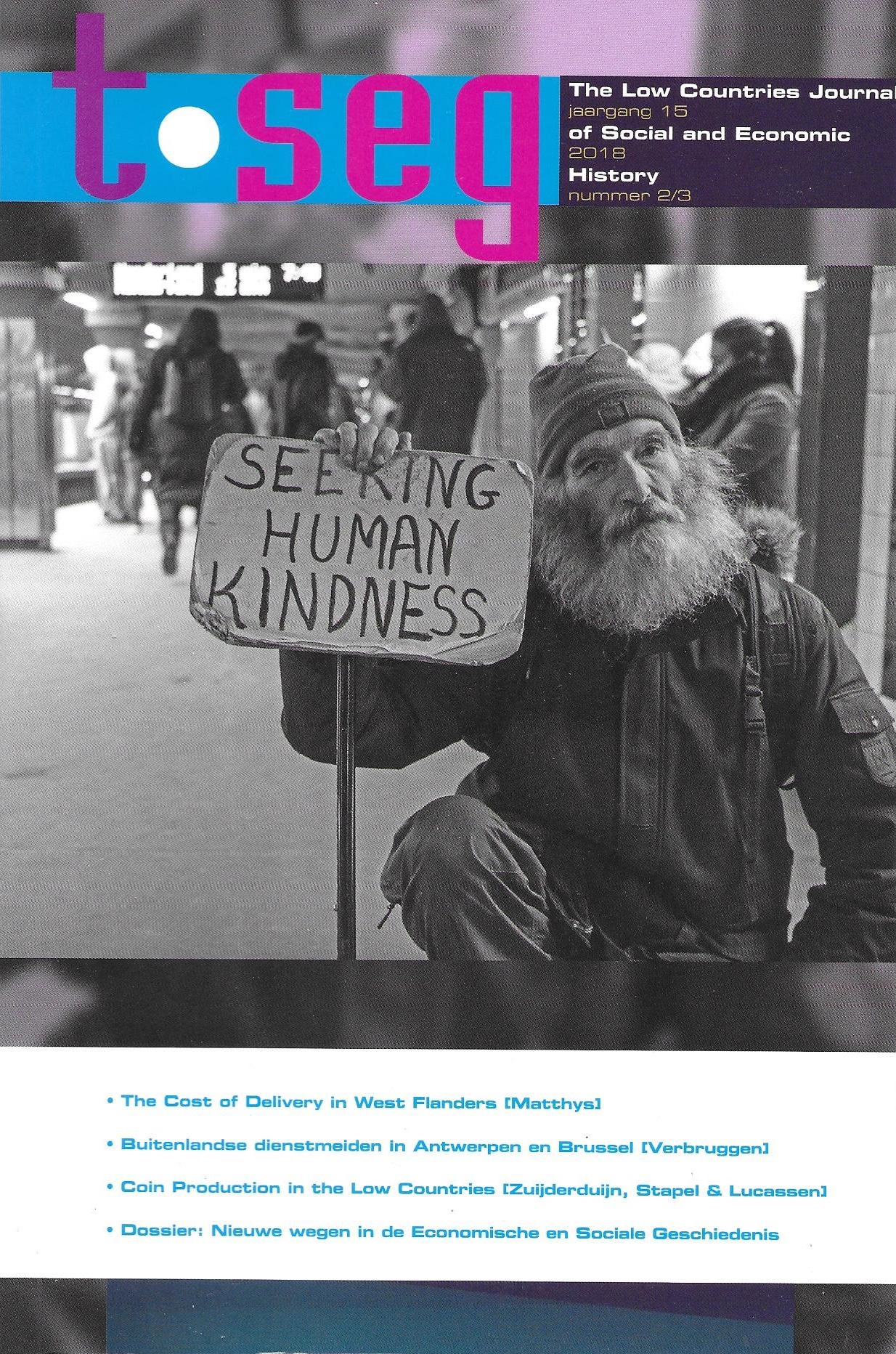Het Antwerpse en Brusselse rekruteringsgebied voor buitenlandse dienstmeiden (1850-1910)
DOI:
https://doi.org/10.18352/tseg.1021Keywords:
Servants, Migration, Belgium, nineteenth centuryAbstract
Historians have observed that the recruitment areas of several nineteenth-century European service cities expanded beyond the cities’ hinterland. This development is inextricably connected to the democratisation of long-distance migration and the mobility transition in this period. As several European cities were located close to each other, the question arises how these cities influenced each other’s recruitment areas. This article focuses on the recruitment areas for foreign female domestic servants of Antwerp and Brussels between 1850 and 1910. The local foreigners’ files of both cities not only provide information on the birth place of each foreigner who entered the city but also on the place of departure, which allows for a better reconstruction of urban recruitment areas than previously used source material. The hypothesis is that the recruitment areas of both cities gradually came to overlap as a consequence of the short distance and many transport links between the two cities, the high degree of mobility of servants, and the similarities in the domestic service labour market of both cities.
Downloads
Downloads
Published
Issue
Section
License
Copyright (c) 2024 Thomas Verbruggen

This work is licensed under a Creative Commons Attribution 4.0 International License.






